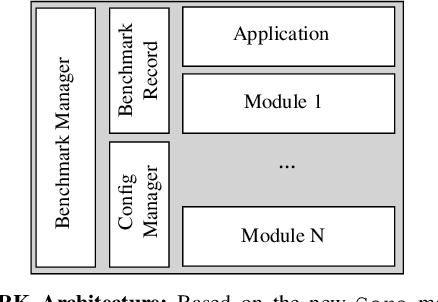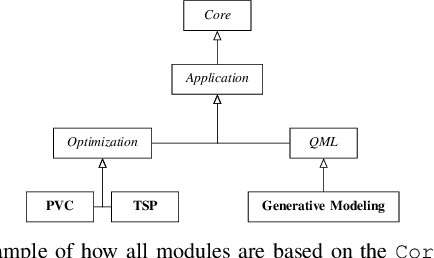Carlos A. Riofrío
Generative-enhanced optimization for knapsack problems: an industry-relevant study
Feb 07, 2025Abstract:Optimization is a crucial task in various industries such as logistics, aviation, manufacturing, chemical, pharmaceutical, and insurance, where finding the best solution to a problem can result in significant cost savings and increased efficiency. Tensor networks (TNs) have gained prominence in recent years in modeling classical systems with quantum-inspired approaches. More recently, TN generative-enhanced optimization (TN-GEO) has been proposed as a strategy which uses generative modeling to efficiently sample valid solutions with respect to certain constraints of optimization problems. Moreover, it has been shown that symmetric TNs (STNs) can encode certain constraints of optimization problems, thus aiding in their solution process. In this work, we investigate the applicability of TN- and STN-GEO to an industry relevant problem class, a multi-knapsack problem, in which each object must be assigned to an available knapsack. We detail a prescription for practitioners to use the TN-and STN-GEO methodology and study its scaling behavior and dependence on its hyper-parameters. We benchmark 60 different problem instances and find that TN-GEO and STN-GEO produce results of similar quality to simulated annealing.
Application-Oriented Benchmarking of Quantum Generative Learning Using QUARK
Aug 08, 2023



Abstract:Benchmarking of quantum machine learning (QML) algorithms is challenging due to the complexity and variability of QML systems, e.g., regarding model ansatzes, data sets, training techniques, and hyper-parameters selection. The QUantum computing Application benchmaRK (QUARK) framework simplifies and standardizes benchmarking studies for quantum computing applications. Here, we propose several extensions of QUARK to include the ability to evaluate the training and deployment of quantum generative models. We describe the updated software architecture and illustrate its flexibility through several example applications: (1) We trained different quantum generative models using several circuit ansatzes, data sets, and data transformations. (2) We evaluated our models on GPU and real quantum hardware. (3) We assessed the generalization capabilities of our generative models using a broad set of metrics that capture, e.g., the novelty and validity of the generated data.
 Add to Chrome
Add to Chrome Add to Firefox
Add to Firefox Add to Edge
Add to Edge